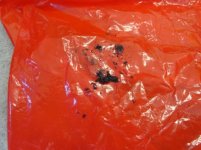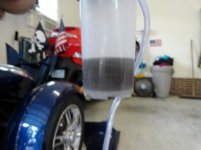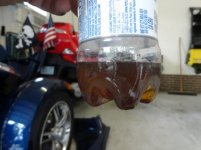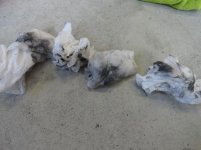bruiser
New member
Replaced the clutch fluid on Bruisersbaby's RT today. It's really not to hard to do. The thing that concerned me most was the sludge and contamination in the fluid. I have enclosed some pictures. The fluid has not been changed prior to this. She has 13,500 miles. It should have been changed at 12,000 or two years. I'm going to keep an eye on it for sure. My RT is next.




Left to right:
Sludge removed from reservoir.
Old clutch fluid.
Flushed fluid.
Paper towels used to clean reservoir.
It shifts a lot better now.
Someone else mentioned contaminated fluid in another thread.




Left to right:
Sludge removed from reservoir.
Old clutch fluid.
Flushed fluid.
Paper towels used to clean reservoir.
It shifts a lot better now.
Someone else mentioned contaminated fluid in another thread.
Last edited:
